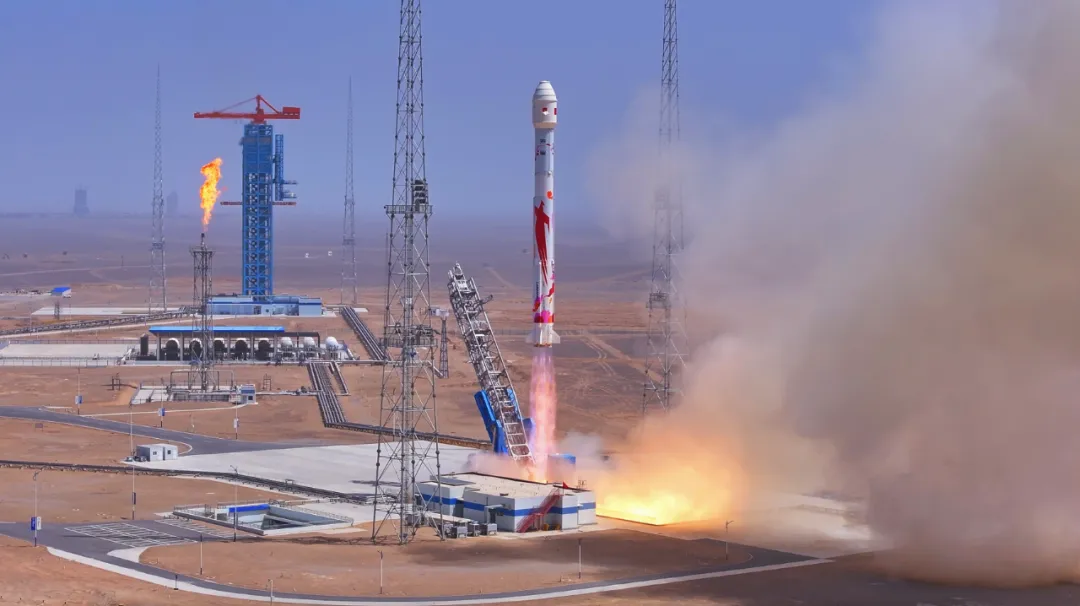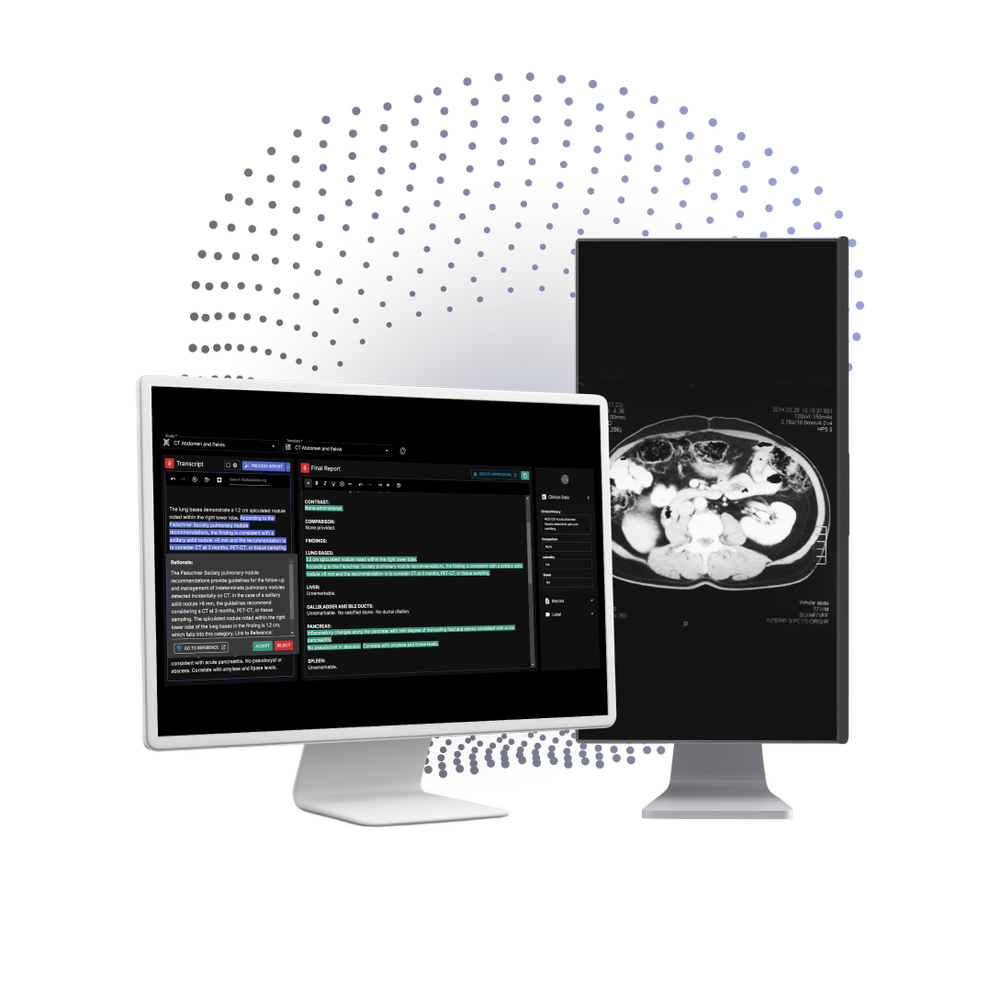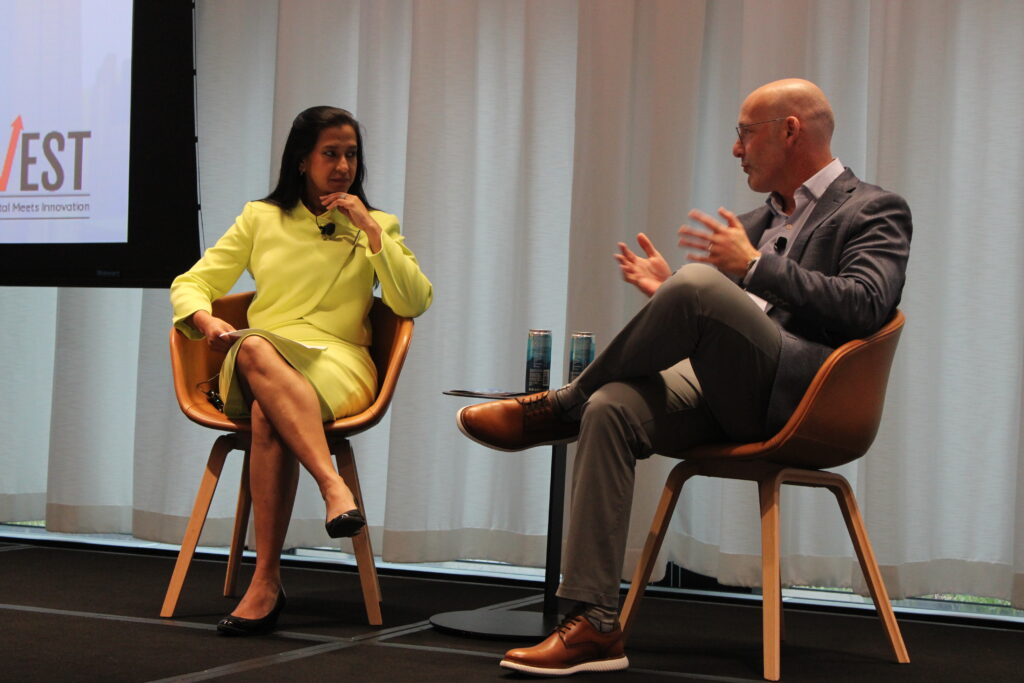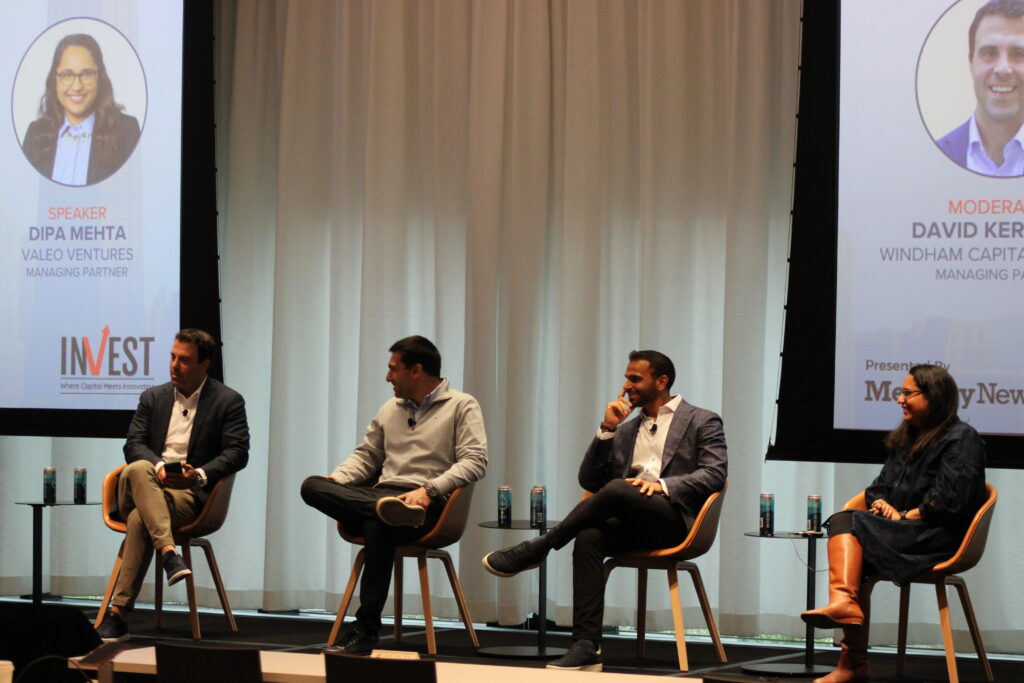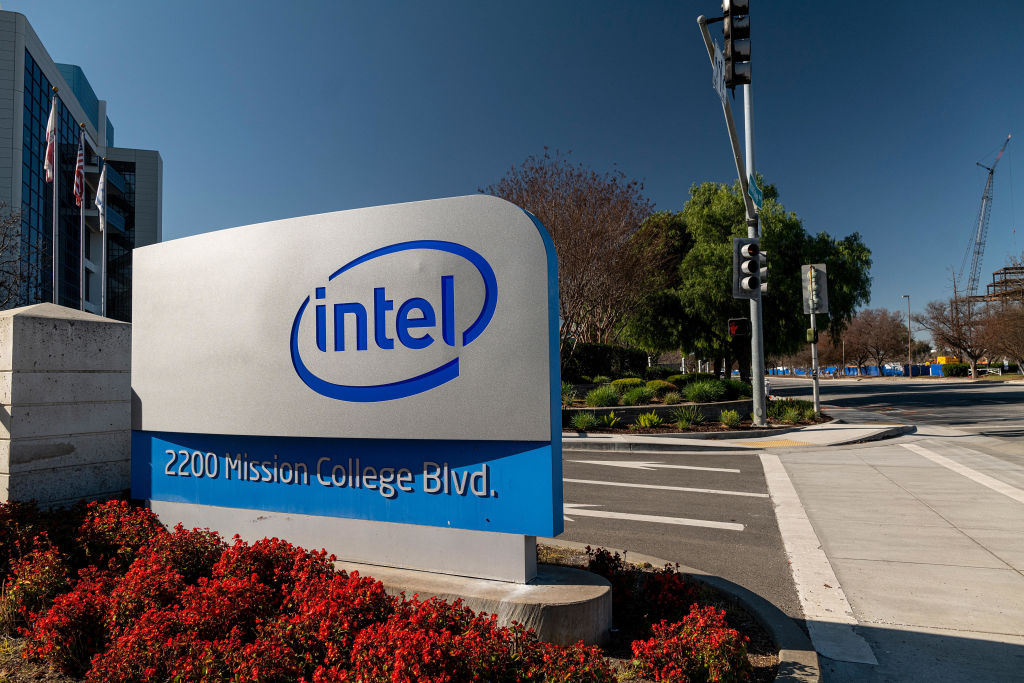5 ways AI can help streamline sustainability efforts
Hershey and Nortal use AI-powered platforms for data collection. The post 5 ways AI can help streamline sustainability efforts appeared first on Trellis.

If you’re a sustainability professional, chances are you’ve used or are thinking about using artificial intelligence (AI) for materiality assessments, data analytics or reporting. A recent survey of 500 sustainability professionals found that nearly half of them have begun using or experimenting with AI in their sustainability programs.
Recognizing this growth opportunity, a number of companies are leveraging AI tools that tout the ability to streamline and enhance sustainability-related efforts. As sustainability experts, it’s essential that we get up to speed on these rapidly emerging tools and how to effectively integrate them into our work. It’s also critical for companies to balance investments in platforms with investments in the people to ensure they’re familiar with the latest practices.
Areas primed for AI disruption
In our scan of the AI-powered landscape, we see the following practices already happening or being ripe for the deployment of AI:
Benchmarking and goal setting: AI tools are useful in setting robust yet achievable sustainability goals. AI has proven to be particularly helpful in benchmarking against peers and competitors and looking at technological and operational options and their projected impacts.
Materiality and sustainability risk assessments: AI is well-suited to help companies compile, assess and prioritize potentially relevant risks and develop an initial list of material topics aligned with single or double materiality principles. Using products such as those offered by Datamaran or ClimateAI can help companies identify a portfolio of risks and prioritize and understand the impacts the risks may represent.
Data collection and report development: Sustainability-related data often resides in disparate and disconnected systems within a company’s IT infrastructure. AI is particularly proficient at sorting through large volumes of data to extract and synthesize it. Moreover, AI solutions can also fill in gaps in data sets by using data from comparable companies or interpolating between data points. Companies such as Hershey, Trox and Nortal, for example, already use AI-powered platforms to streamline information collection processes, develop outlines to guide report development processes and even produce first drafts.
Product design and materials selection: As companies work to produce more sustainable products, computer-aided design (CAD) tools have integrated AI-enabled features into their platforms that can shorten product development cycles, model the impacts of desired performance attributes, suggest alternative materials and help gain critical feedback earlier in design processes. French sporting goods manufacturer Decathlon used such a platform to optimize the design of diving fins, resulting in substantial reductions in material usage and the associated carbon footprint.
Supply chain optimization: Finally, AI tools can model complex supply chains, support compliance and identify areas where organizations can improve their resilience. Supply chain platform provider E2Open, for example, integrates AI into many of its products including a system that models product demand to help users effectively project how much product is needed, resulting in more efficient manufacturing and logistics processes while reducing climate impacts.
Striking a balance between people, platforms and impact
Clearly, the introduction of AI-based tools is having a broad and deep impact on corporate sustainability efforts.
But with these benefits come concerns about the massive computing power required for AI data systems, which increases energy demand and thus climate impact. According to an International Environmental Agency report, the U.S. economy is set to consume more electricity in 2030 for processing data — mostly driven by AI applications — than for manufacturing all energy-intensive goods combined including aluminum, steel, cement and chemicals.
Data scientist Hannah Ritchie put this issue in context by emphasizing the uncertainty around projections for AI data center energy demand. Similarly, Massachusetts Institute of Technology senior scientist Vijay Gadepally has outlined a series of steps that can be taken to reduce energy demand. How we power our increasingly data-hungry economy is an important conversation that needs to continue to be part of the advancement of AI.
As AI tools become more sophisticated and their analytical capabilities more robust, we’ll see increasingly complex models to support strategic and operational decision-making. Such “digital twins” already in use include modeling supply chains and optimizing products and facilities. Imagine using such approaches to better understand how a company’s sustainability efforts may affect the climate, the local economy, resource availability or other impacts. That is the power AI is already delivering and will continue to bring to corporate sustainability efforts.
The post 5 ways AI can help streamline sustainability efforts appeared first on Trellis.


































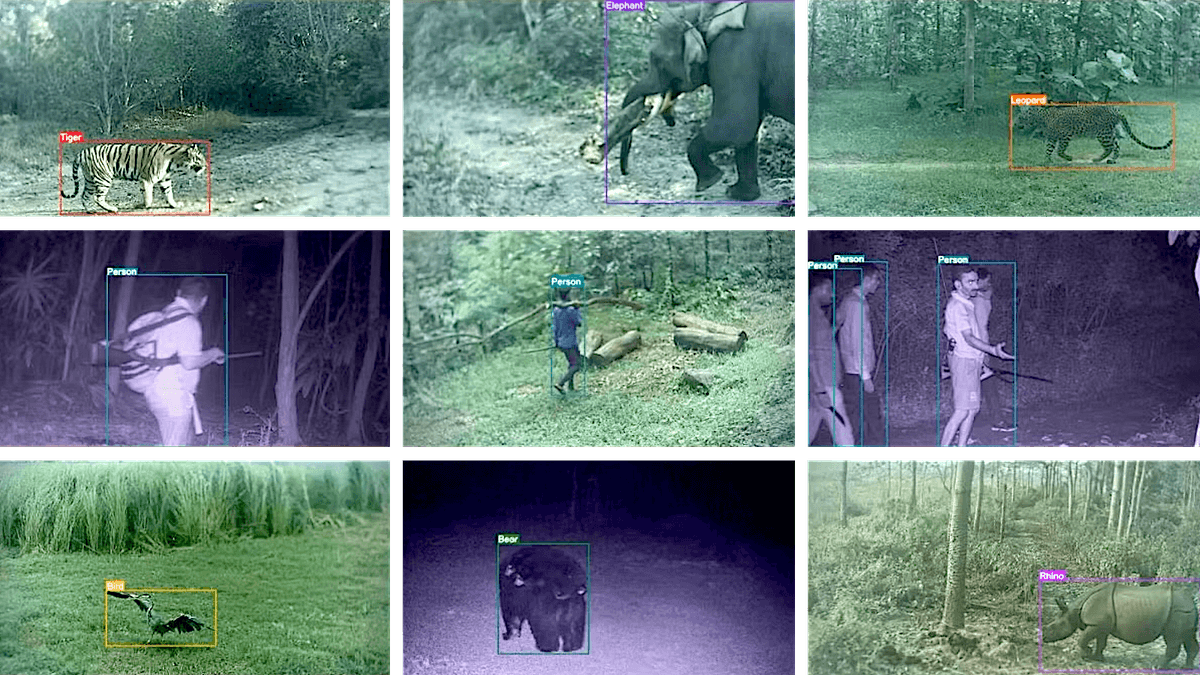







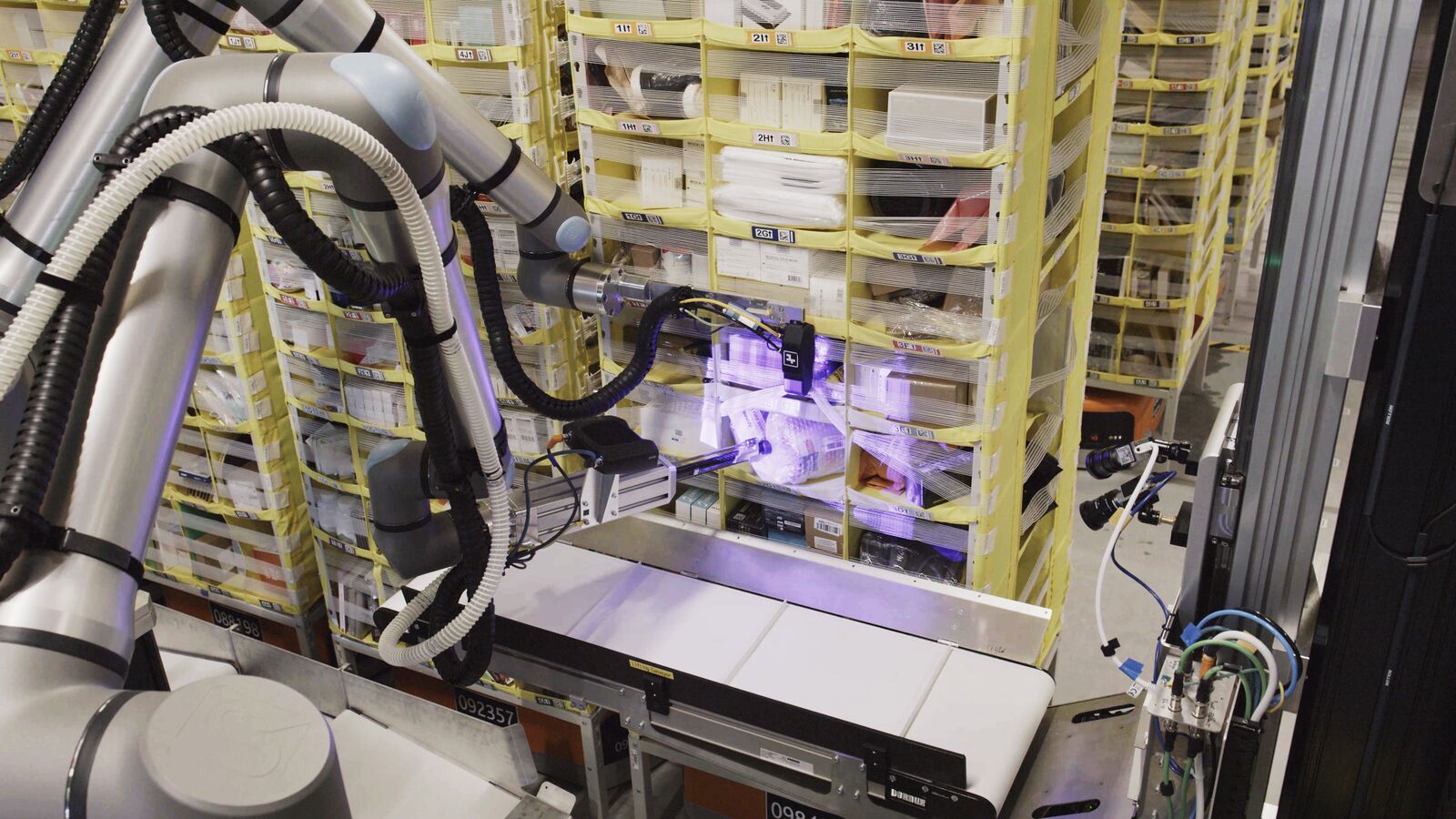
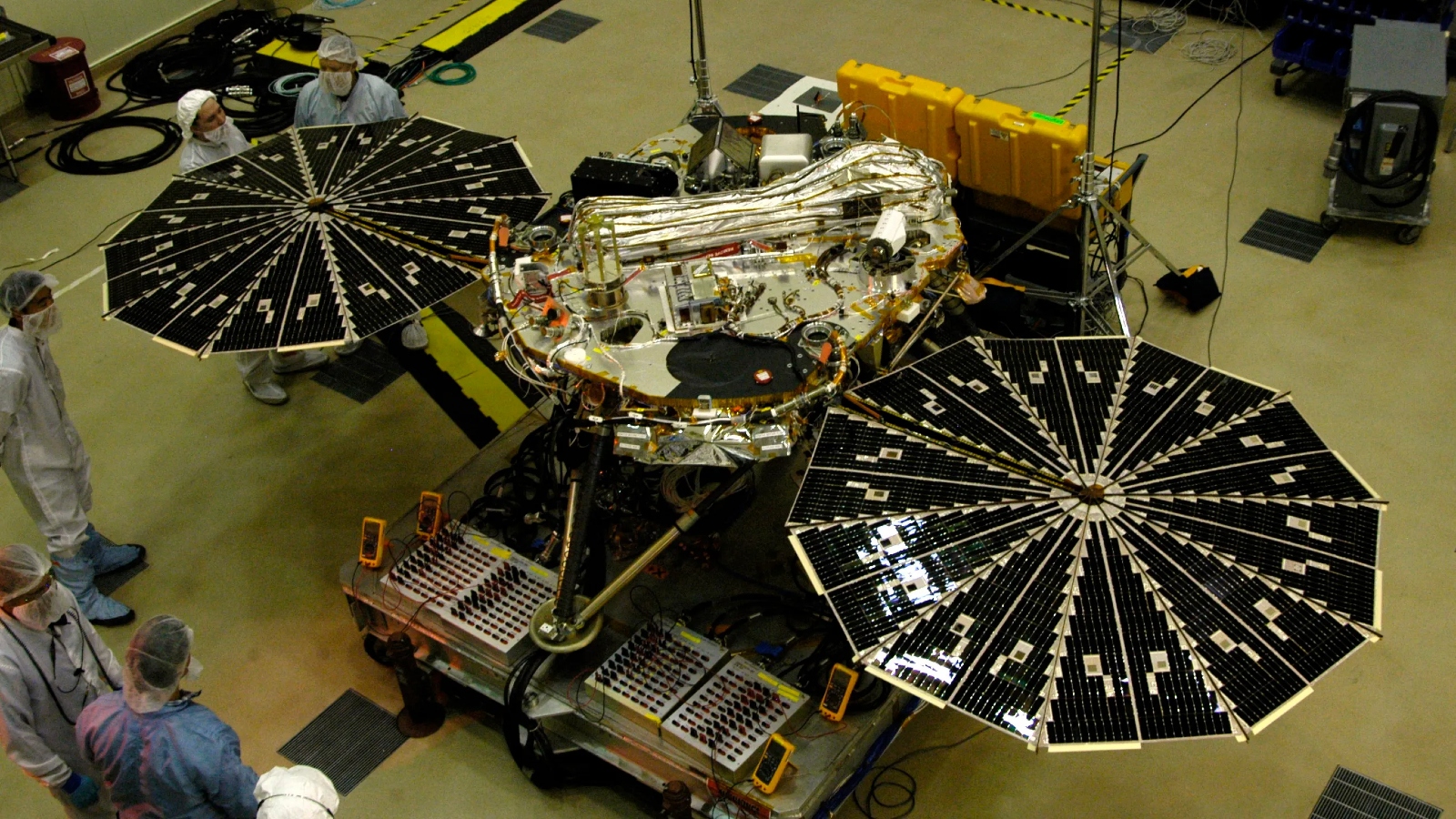








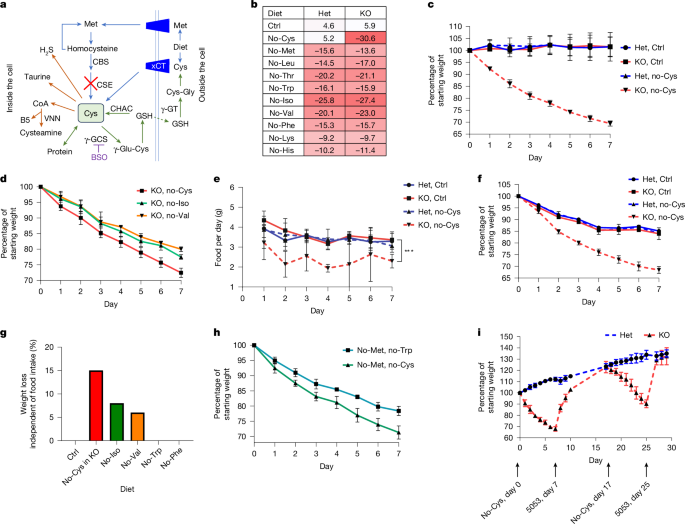
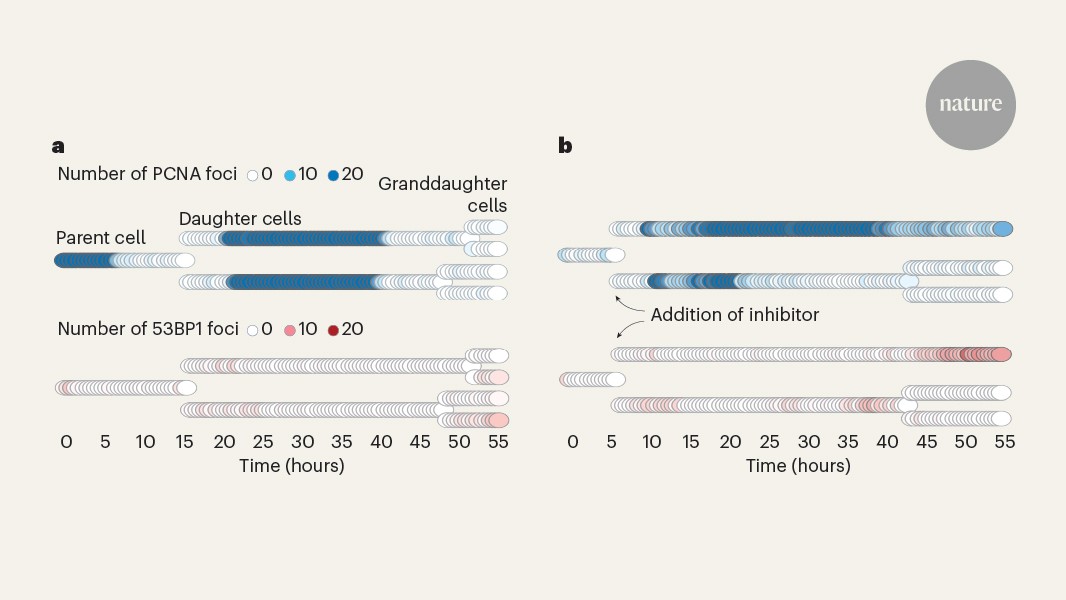
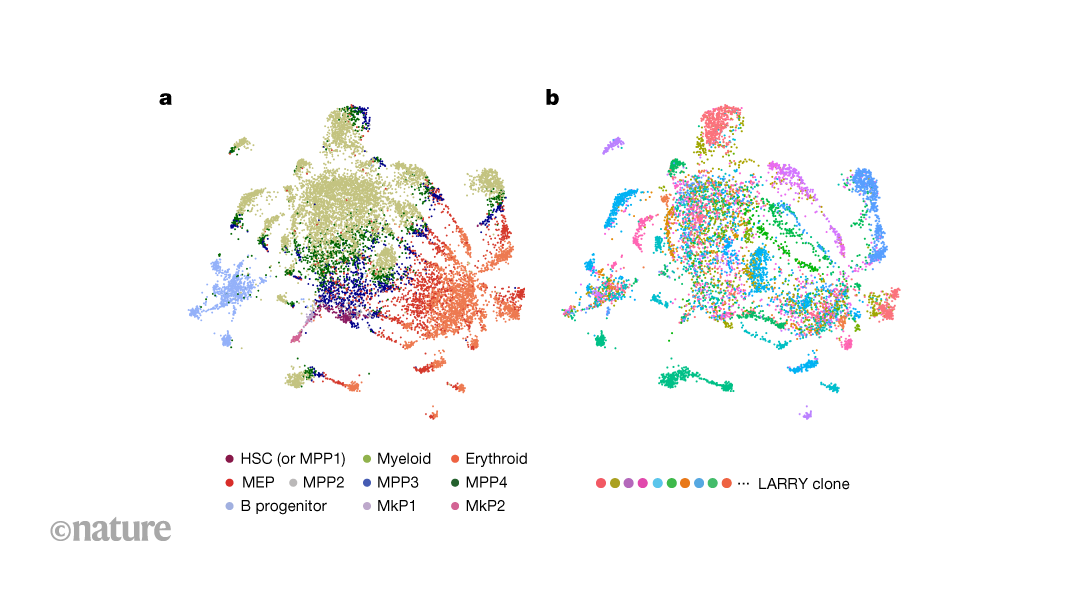




















.jpg)













